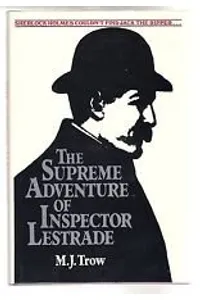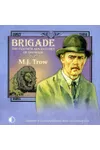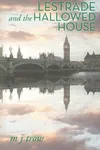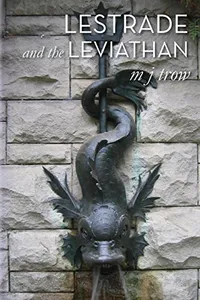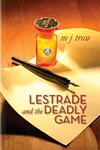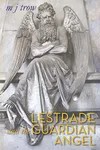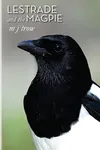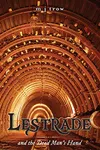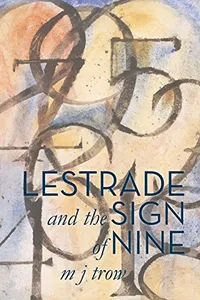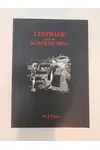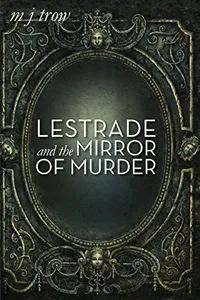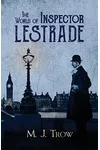Step into the fog-laden streets of Victorian London, where Inspector Sholto Lestrade, Scotland Yard’s unsung hero, takes center stage in M.J. Trow’s captivating historical mystery series. Far from the bumbling figure in Arthur Conan Doyle’s Sherlock Holmes tales, Trow’s Lestrade is a sharp, tenacious detective tackling gruesome crimes with wit and grit. This series, blending intricate plots with dry humor, offers a fresh spin on a familiar world, inviting readers to explore a richly detailed era through a new lens.
For fans of historical fiction and detective stories, the Lestrade series is a delightful romp that reimagines a sidelined character as a formidable sleuth. With cases spanning from the chilling Jack the Ripper murders to bizarre countryside killings, Lestrade’s adventures promise thrills and chuckles in equal measure.
How Lestrade Began
In 1985, M.J. Trow, a history teacher with a passion for true crime, launched the Lestrade series with The Adventures of Inspector Lestrade. Inspired by Conan Doyle’s Sherlock Holmes universe, Trow sought to redeem Lestrade, transforming him from Holmes’ foil into a competent investigator. His background in history fueled the series’ vivid portrayal of late 19th and early 20th century England, weaving real events and figures into fictional mysteries. Trow’s love for wordplay and satire shaped the series’ distinctive tone, blending neo-Wodehousian humor with gritty crime-solving.
The Heart of Lestrade
The series, spanning 17 books, follows Inspector Sholto Lestrade as he navigates complex cases across decades. In The Adventures of Inspector Lestrade (1985), Lestrade investigates a bizarre murder on the Isle of Wight, uncovering a serial killer’s chilling pattern tied to a children’s tale. Lestrade and the Ripper (1988) tackles the infamous Whitechapel murders, with Lestrade piecing together clues amidst historical suspects like Aaron Kosminski. Lestrade and the Magpie (2000) sees a retired Lestrade drawn into a 1920 murder case involving his daughter’s fiancé, blending international intrigue with family drama. Lestrade and the Gift of the Prince (1991) sends him to Scotland, unraveling a royal conspiracy with pun-laden humor.
Themes of justice, societal change, and human fallibility run deep. Trow’s Lestrade is no superhero—his clumsy charm and dogged persistence make him relatable, while his clashes with a flawed Scotland Yard highlight tensions in early modern policing. The series’ setting, from gaslit London to rural estates, immerses readers in an era of shifting class dynamics and technological leaps, all laced with Trow’s sharp satire and historical cameos like Oscar Wilde and Queen Victoria.
Why Lestrade Resonates
The Lestrade series has carved a niche among Sherlock Holmes fans and historical mystery enthusiasts for its bold reimagining of a canonical character. By elevating Lestrade above Holmes, who appears as a cocaine-addled eccentric, Trow subverts expectations, offering a fresh perspective on a beloved universe. Its blend of meticulous historical detail and playful humor appeals to readers seeking both intellectual stimulation and entertainment. Though not a mainstream hit, the series’ loyal following praises its clever plots and Lestrade’s endearing humanity, cementing its status as a cult favorite.
- First Book Published: 1985
- Total Books: 17
- Setting: Late 19th to early 20th century England
- Author’s Background: History teacher and true crime enthusiast
Grab The Adventures of Inspector Lestrade and dive into a world of Victorian intrigue, where Sholto Lestrade proves that even Scotland Yard’s underdog can outshine the great detective!

